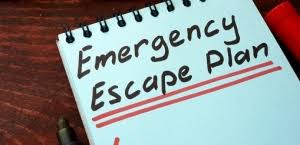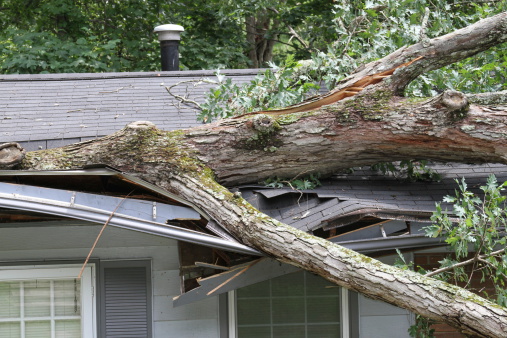
It’s rare for someone to anticipate a disaster or an emergency. That being said, both things can strike at any moment. It’s not just at home where these dangers lurk. It’s also in our workplace environment. Disasters and emergencies don’t have a history of striking when it’s convenient, so in addition to any plans you have in place at home, you should take time to browse workplace policies regarding evacuation.
There are many instances that make having an evacuation plan in the workplace a necessity. If your office doesn’t already have an evacuation plan in place, speak with someone in human resources about implementing one. Emergencies, both environmental and manmade, might include:
- Flooding
- Hurricanes
- Tornados
- Fire
- Gas leaks
- Carbon monoxide
- Chemical leaks
- Civil disturbances
- Workplace violence
As we’ve mentioned in the past, the best place to help minimize the damage something causes is by preparing in advance for it. Most people don’t think clearly during moments of crisis. Being prepared can help save your life or the life of a co-worker.
Proper preparation begins with knowing what you are up against. For instance, if your office is located in the middle of the country, it’s unlikely a hurricane will come through and destroy your office. On the other hand, flooding and tornados are among the possibilities; what will you do in the event one of these disasters comes to pass? An emergency evacuation plan (sometimes called an emergency action plan) should be tailored to your specific work environment. Most emergency plans include how to properly report an emergency, an evacuation policy, and emergency route assignments. Depending on the type of work done within a company, procedures for shutting down critical operations, such as an assembly line, will also be included. Rescue duties may also be assigned.
The best way to educate everyone in the workplace about their role in an evacuation plan is to have drills. Be sure that all employees are given training during orientation related to emergencies that may occur. Additionally, a refresher every 6 to 12 months may also prove helpful and informative for long-term employees.





